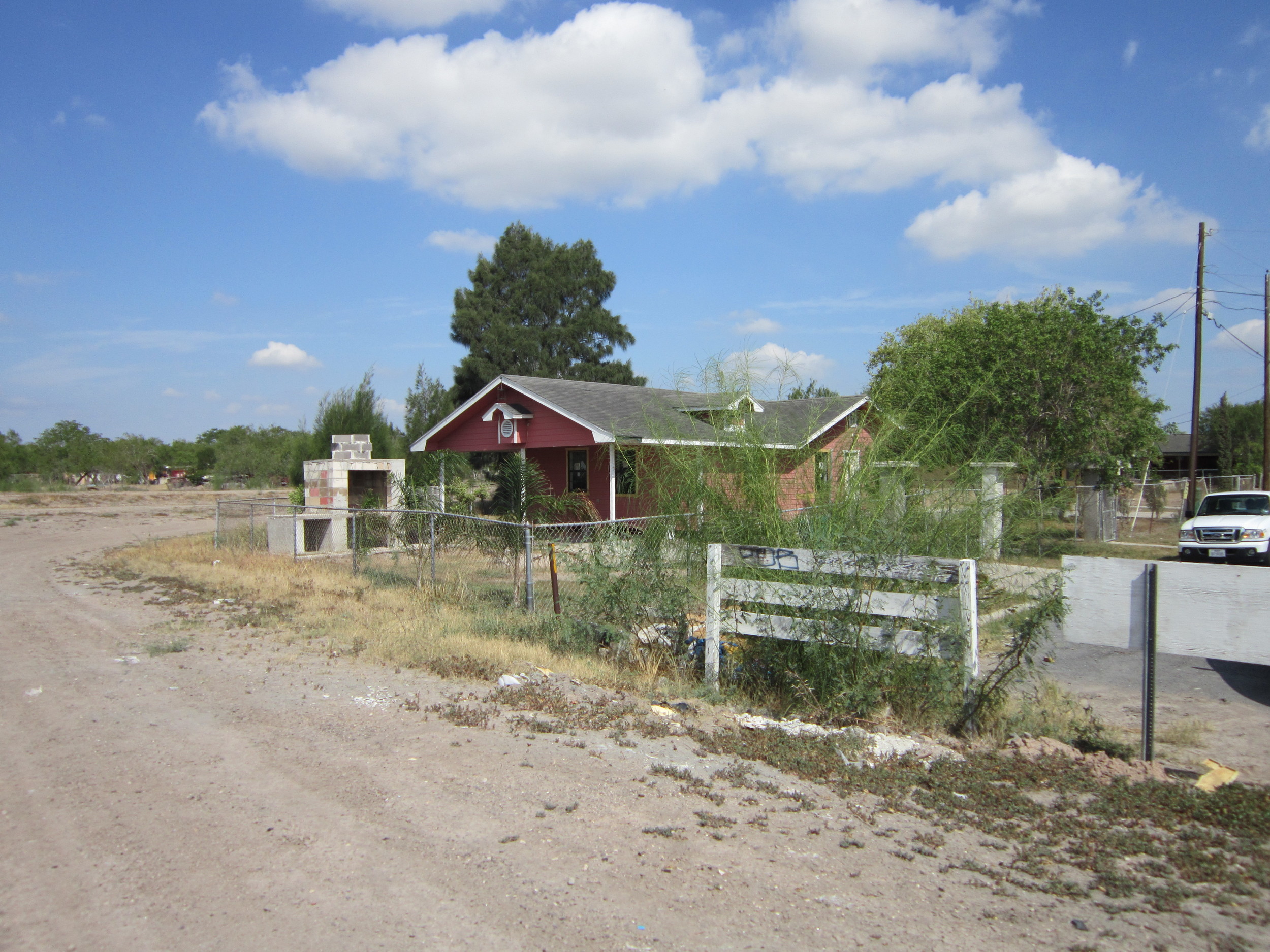Learn more about our work in the RGV.
A family's income defines its available choices in housing. In the Lower Rio Grande Valley (LRGV) of Texas, very low-income families have little to no choice available to them. The predominant type of very low-income housing is substandard, isolated from public institutions, and often negatively impacted by stormwater. These isolated communities do not fall within municipalities, and it is up to the counties to adopt Subdivision Regulations that may require a minimum quality of housing development. Counties currently spend their planning capital on bringing public infrastructure to new and existing neighborhoods located in such isolation. This causes counties to continuously search for outside funding to address these critical issues.
bcWORKSHOP Planning Associate Justin Tirsun has been leading an effort to catalogue all existing Federal, State of Texas, Hidalgo County, Cameron County, and local plans that address critical issues in substandard developments both directly or indirectly in the Lower Rio Grande Valley. The recommendations put forth in these plans are categorized by issue, and analyzed on the following criteria:
- Do the recommendations act in contradiction to or work in support of existing plans?
- Is there the potential for alignment between planning goals and measures of success between multiple agencies?
- Is the issue one that would have been rectified if zoning required the subdivision in an non-isolated region of the county?
The resulting catalogue is organized by the issues that have been identified by the state, counties, cities and local organizations that contribute to the cost of affordable housing:
- Available Quality Housing
- Poor Development Patterns
- Access to Potable Water
- Access to Sufficient Sewer Infrastructure
- Adequate Drainage and Stormwater Management
- Access to Transit
- Access to Healthcare Institutions
- Access to Education
- Access to Jobs
The catalogued planning efforts affect a population of more than 100,000 residents in Hidalgo and Cameron counties. The catalogue will serve as a regional resource providing LRGV agencies and the public a single library of all plans that affect quality of life issues. It will be a single source for policy implementation addressing critical issues of housing, and how collaboration should occur between agencies when working on affordable housing choices. Finally, it will address an argument that providing the counties with zoning capacities will alleviate much of the same quality of life issues in future county development.
The catalogue will be shared with stakeholders on June 24, 2013.
![[bc]](http://images.squarespace-cdn.com/content/v1/5248ebd5e4b0240948a6ceff/1412268209242-TTW0GOFNZPDW9PV7QFXD/bcW_square+big.jpg?format=1000w)




